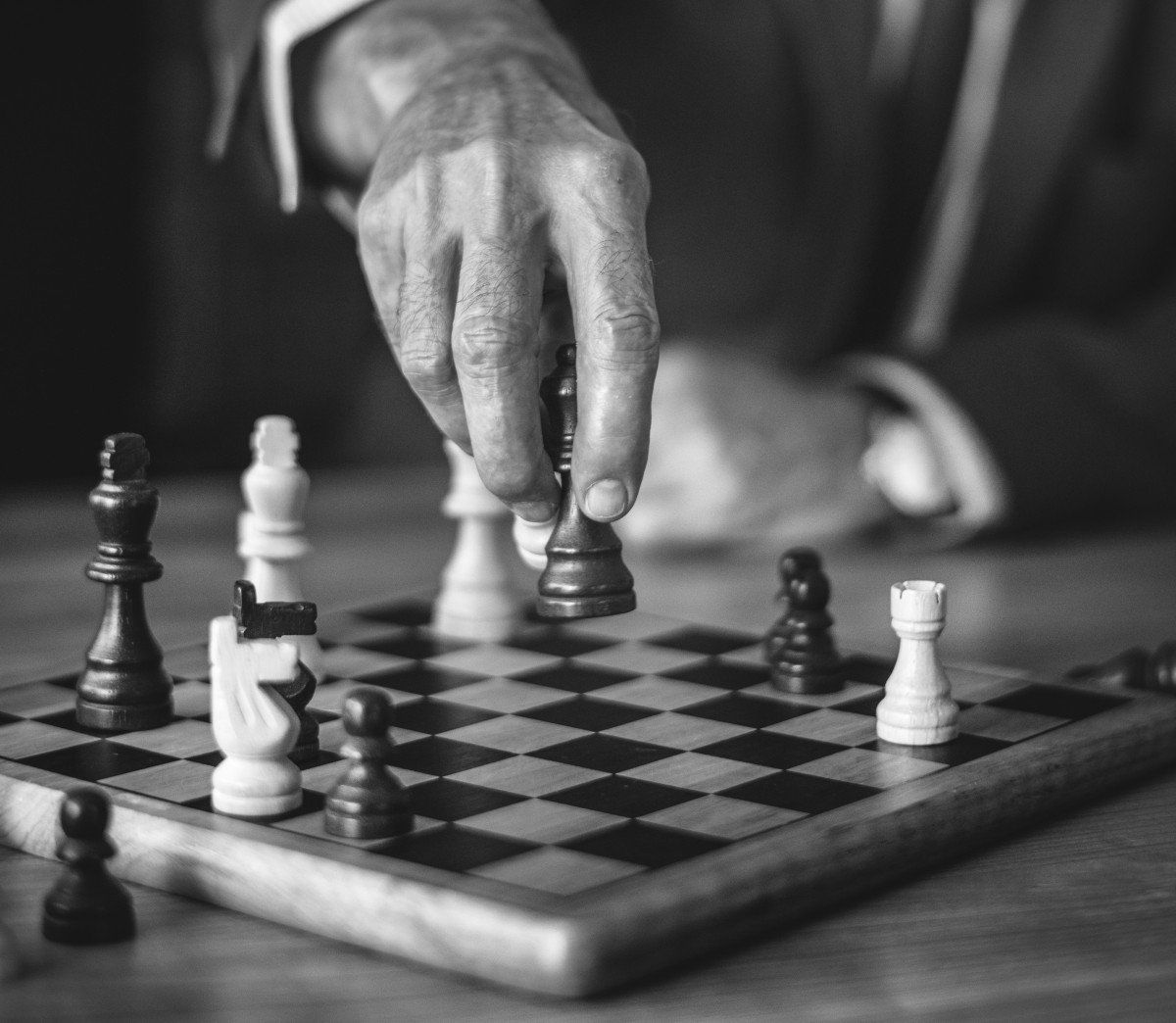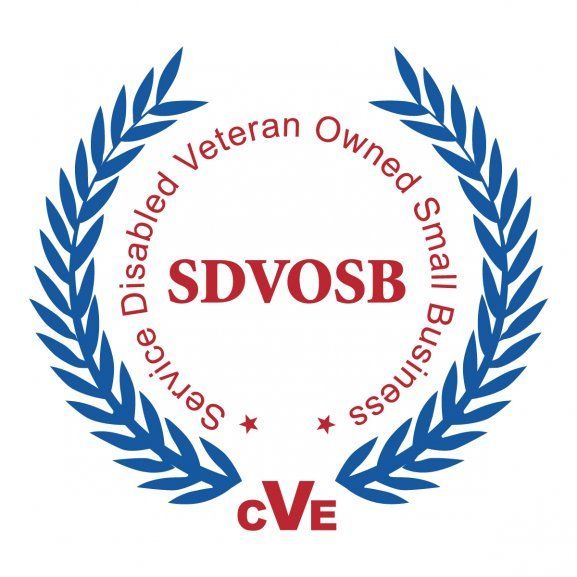Racial Healing
Malcolm X said, “If you stick a knife in my back 9 inches and pull it out 6 inches, there is no progress. If you pull it all the way out, that’s not progress. The progress is healing the wound that the blow made…And they won’t even admit the knife is there”

This quote by Malcolm X was a direct response to a reporter asking about progress for the Black community. But it also applies to other wounds. There are injuries caused by sexual assault, antisemitism, transphobia, islamophobia, anti-Asian hate, and all other -isms. While it is tempting for some people to hold trauma competitions, we need to always start with Black trauma because it is the most enduring, copied and visible method of discrimination in the United States.
Choosing to fix the wounds from anti-Black behavior first is like treating the stroke before the strain.
The idea of wound healing resonates with me because I am a medical doctor who also helps people incorporate leadership into their Diversity, Equity and Inclusion (DEI) efforts. I admire the people who work so tirelessly to heal social wounds knowing that racial healing and reconciliation is absolutely necessary for justice. Unfortunately, focusing on racial healing is out of my reach because I cannot unsee the seemingly endless amount of trauma that led to the Black Lives Matter hashtag and the continued aggression against those without power. It is impossible for me to pretend to put Band-Aids on gushing wounds. The healing can’t start until the injury stops. Since becoming a doctor, I have always believed that it is necessary to remove the offending object, but I realize that there are exceptions. We often leave fragments of bullets in place so instead Malcolm X's analogy of a knife causing harm, let’s use a bullet.

If I think of the wounds from racial trauma as from a bullet instead of a knife, I can appreciate how trauma doesn't have to be removed before healing begins. Progress can be made even when the offensive item has not been removed. Unlike a knife, a fragment of a bullet is left inside the wound because it may cause more damage to remove it. Some racial healing experiences reflect this and do more damage for the people who were harmed.
I saw a patient in clinic who was shot and the bullet passed through both thighs. I was there to follow-up on the wounds, check how she was healing and to remove the staples used to close the holes left behind. She was healing physically but we didn’t delve into how she was healing emotionally or mentally beyond the superficial. She was lucky in that there were no fractures and no fragments left behind. My other patient who was shot more than a dozen times is not as fortunate and still has fragments in his body as he makes his long journey to recovery. Both patients were wounded, one has a constant reminder, and the healing process will not be the same.
This bullet analogy is more visceral and better represents racial healing for me. Using bullets also conjures the reality of our national crisis of mass shootings and gun violence. We can compare how bullets will wound and kill until we do something about it. We are reminded regularly that people and children undeserving of trauma will be wounded. Our national response to mass shootings mirrors exactly our response to racial injury. There are people who insist that there is nothing that can be done. There are companies who profit off of the fear by selling bullet proof glass or Kevlar backpacks just as some individuals profit from racial harm by gathering people to talk about grit, resilience and their racial trauma without addressing the source of the trauma. With all things that cause harm, prevention is always better than repairing and we have to do both.
Prevention:
1. Know before you go. In the Army we would call this Recon, short for reconnoiter. The more you know about the people, environment and culture the better prepared you are for the possible injuries to come. If your goal is to do more than survive but to be a force against -isms knowing the situation is vital.
2. Gather your tools. When harm seems inevitable having phrases like, “What did you mean by that?” and “Help me to understand why you would hurt them like that?” can work for anyone dealing with harm. Your tools can also be the people who are fighting the same fight.
3. Create obstacles for harm. Making cultural changes in the workplace that reward inclusion and penalize harm is the most effective form of prevention.
Repairing the wound:
1. Remove what you can. Some harm in our history is obvious like slavery, segregation and housing discrimination. Removing them required bloodshed. Other harm like voting rights, environmental discrimination, war on drugs and health disparities are causing harm and can be removed with a national will to do so. Everything can’t be fixed at once so the advice of James Baldwin on facing change and Frederick Douglass saying “Power concedes nothing without a demand” means that the wounds need to be addressed.
2. Close the gaps. To stop bleeding we close the wound and apply pressure. Racial healing feels futile as long as the open wound continues bleeding. Healing comes by closing pay and position gaps. Apply pressure to your organization to do the sometimes painful work that actually heals.
3. Clean the wound. Every injury brings debris with it. Comments left unaddressed and policies that are not inclusive prevent healing. From a medical point of view, dirty wound can also leave greater scars.
Seeing racial trauma as a bullet wound can further discussion and progress. At the very least, use the image as a conversation starter when the topic of racial healing and being anti-racist is raised. Remind people that we want to first prevent the injuries and treat the ones we couldn't prevent. We can all strive for a world where there is less violence and all injuries are addressed. Until then the existing resources and knowledge can be used to help with healing even if the bullet is never removed.
Comments











